If you’ve ever had a little idea tug at your heart—a quiet, persistent whisper that won’t let go—then you know exactly how this story begins. Writing a children’s book wasn’t something I had planned or even had on my radar until recently. But something shifted in me. A creative spark I couldn’t ignore started to grow, and before I knew it, I was diving headfirst into a world I’d never explored before.
I want to share that journey with you—not just the pretty, polished parts, but the messy middle, the unexpected detours, and the joyful surprises along the way. Whether you're dreaming about writing your own children's book or just curious about what it looks like to bring a story to life through watercolor, I hope this gives you some inspiration (and maybe even permission to follow that whisper inside of you, too).
So let’s start from the beginning.
Where It All Began
It all started with a quiet nudge—one of those soul whispers that you can’t ignore, even if you’re not totally sure where it’ll lead. I’ve been in a season of shift lately—creatively, emotionally, and even spiritually. And through that shift, something surprising bubbled up… I felt called to start writing a children’s book.
Now, this wasn’t something I planned. It came up through a mix of things—deep work I’ve been doing around inner child healing, some really tender experiences with my five-year-old son, and a general sense that I wanted to make something that felt deeply heart-led. (You know when something just feels like it matters? That’s what this has been.)
I’ve always had a curiosity about how people work—maybe that’s the psychology background in me. I’ve also dabbled in music and songwriting over the years, and while writing a children’s book is definitely different, there’s something familiar about the rhythm of storytelling. That flow between words and feeling. The weaving of emotion into something simple but powerful.
And from all of that came the very first flicker of an idea. A little character named Clarence.

Finding the Right Story
Clarence started out as a simple sketch my son drew—a rectangle with eyeballs. (Yep, that’s it.) But somehow, even in that simplicity, something clicked. We started riffing on what Clarence might be like. What makes him happy? What worries him? What he looks like when he’s feeling a little unsure or when he’s feeling super proud of himself.
The more we played with Clarence’s world, the more it reflected something I care about deeply: helping kids understand and express their big emotions. I didn’t grow up with a strong sense of how to communicate my feelings (no shade to my parents—they were wonderful), but I’ve had to do a lot of work as an adult to find my voice. And it’s changed everything—especially how I show up as a parent now.
So this story became about that. About giving kids tools to say “no,” to talk about worry, to understand what they’re feeling instead of stuffing it down. (Honestly, it’s the kind of book I wish I had growing up.)
The Writing Process
Writing a children’s book might look simple from the outside, but oh my goodness, there’s so much depth behind each word.
That said, the writing part happened pretty quickly. Because I already knew the message, the story came together in a way that felt natural. I didn’t overthink it—I just wrote. In some ways, it reminded me of songwriting. There’s a rhythm to writing something simple but meaningful, where every word matters and there’s an emotional flow that carries it forward. What took more time was everything that came after the words (especially bringing the characters and visuals to life, but I’ll get to that in a minute).
Clarence, the little character at the center of it all, started from a simple sketch my son made. That’s when I started playing with how he might move through this story, what his world could look like, and how to carry the message visually.
Bringing the Story to Life Through Illustrations
Once the heart of the story started coming together, I knew watercolor would be the medium to bring it to life. (Honestly, could it be anything else?)
But illustrating a story is so different from painting a loose floral or doing a step-by-step tutorial. This was about creating a world. A feeling. A visual language that helps kids connect to the emotion behind each page.
I started with colored pencil sketches—mostly because I could take them anywhere. My moleskine journal and colored pencils went with me everywhere. I’d sketch whenever an idea struck me. These early drawings were rough (and many of them went straight into the trash), but they helped me figure out who Clarence really was.
I sketched him worried. I sketched him excited. I tried different shapes—he went from a rectangle to a gumdrop to something in between. I probably did 50-100 versions of him before I landed on one that felt just right.
When I finally started translating the characters and elements into watercolor, it felt like everything clicked. There’s something about watercolor that makes emotions come alive on the page—it’s soft, imperfect, and full of movement. I’ve painted trees a hundred times (if you’ve followed my tutorials, you know this!), but painting for a story is something else entirely.
Every detail matters. Every expression counts. And it takes so much trial and error to get it right. (I’ve got a whole stack of “meh” paintings that taught me more than any finished piece ever could.)
The Ups and Downs of Writing a Children's Book
Let me be honest—this process hasn’t been all cozy tea and flowing creativity. Writing a children’s book has been one of the most rewarding things I’ve done creatively, but it’s also brought up a lot of frustration.
There were days I wanted to throw it all away. Days when the characters and elements didn’t feel right. Days when I couldn’t get the colors to land or the story arc to make sense. (Some days, I’d worked for hours and ended up scrapping everything. It happens.)
But I’ve learned something valuable here: even the art that ends up in the trash matters. It teaches you how to observe, refine, and grow. Those “bad” sketches are part of the journey. Without them, I wouldn’t have gotten to the good stuff.
There was a point where I felt totally stuck with the illustrations. I was overthinking every detail, doubting myself, getting in my own head. But then, in one random 30-minute window of time—boom. Everything shifted. (It’s wild how that works sometimes.)
I’ve had to remind myself over and over: stay focused on the one thing in front of you. Not the whole project. Not the deadline. Not outside worries and obligations. Just the next brushstroke. The next sketch. That’s where inspiration lives.
And maybe most importantly—I’ve had to fight off that pressure to rush. This book is a passion project. It deserves time. It deserves care. And even though my “business brain” tries to step in sometimes (which isn’t always a bad thing!), I’m committed to keeping this process slow, real, and me.
Want to See the Process? Watch My Behind-the-Scenes Playlist
If you’re curious about what this process actually looks like in real life, I’ve been documenting the whole thing—sketches, experiments, character development, style exploration—all in a behind-the-scenes YouTube playlist.
These are such fun videos to watch if you want an inside peek at the real, messy, beautiful journey of writing a children’s book. You’ll see me creating Clarence’s world from scratch, playing with watercolor, and sharing honest reflections along the way.
Watch the YouTube playlist here
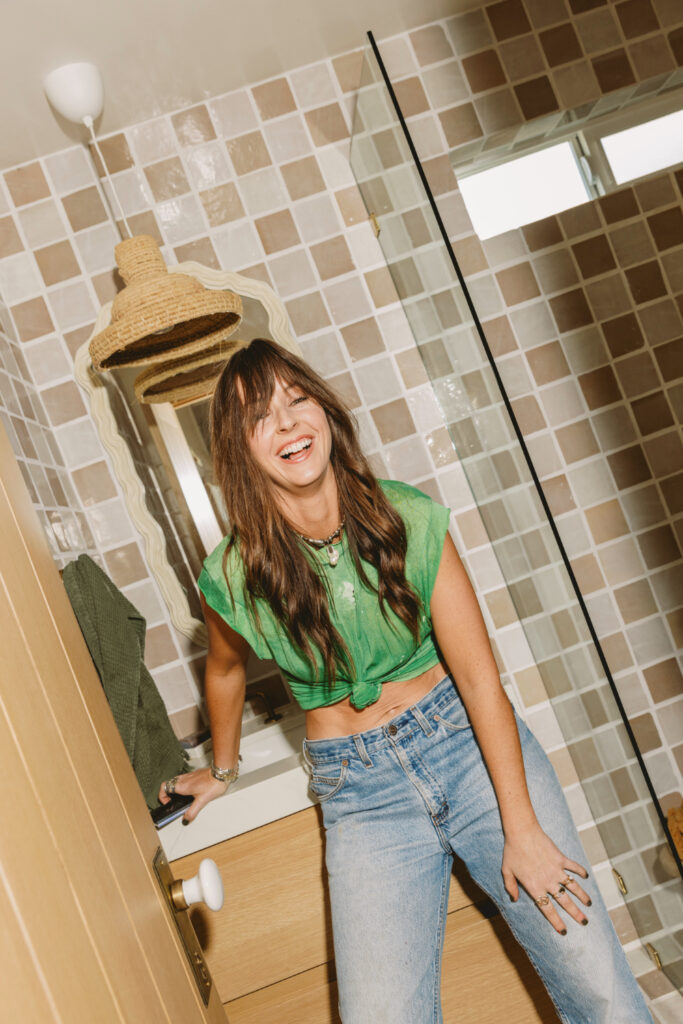
The Art Within
If any part of this story—the creative process, the emotional exploration, the character development—has sparked something in you… I want you to know this: you can do this too.
The same creative process I’m using to bring Clarence’s world to life is the exact process I teach in my course, The Art Within. (Seriously—I’m following my own lessons as I go.)
This course is all about flow, developing your unique voice, and creating art that feels like you. It’s gentle, encouraging, and packed with practical tools to help you connect to your creativity on a deeper level.
If you’re ready to dive into your own artistic journey—or just want to understand more about the process I’ve used in writing a children’s book—The Art Within is the perfect place to start.
Learn more about the course here
Trusting the Creative Path to Writing a Children’s Book
So whether you’re dreaming of writing a children’s book yourself, or just looking for inspiration to keep showing up to your creative practice—I hope this glimpse into my process reminds you that it’s okay to take your time, make a mess, and keep going anyway.
You never know what beautiful world might be waiting to come to life through your hands.
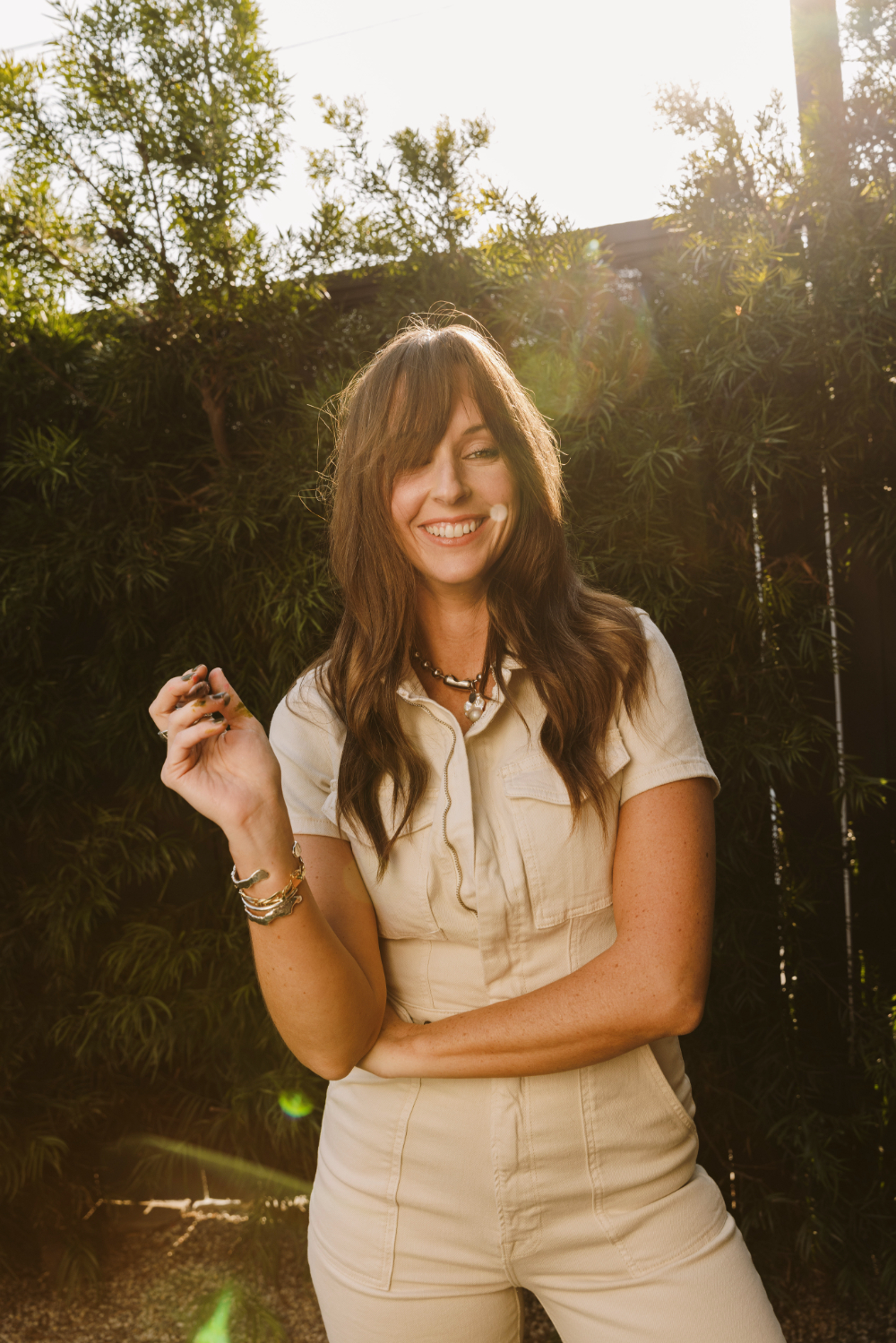


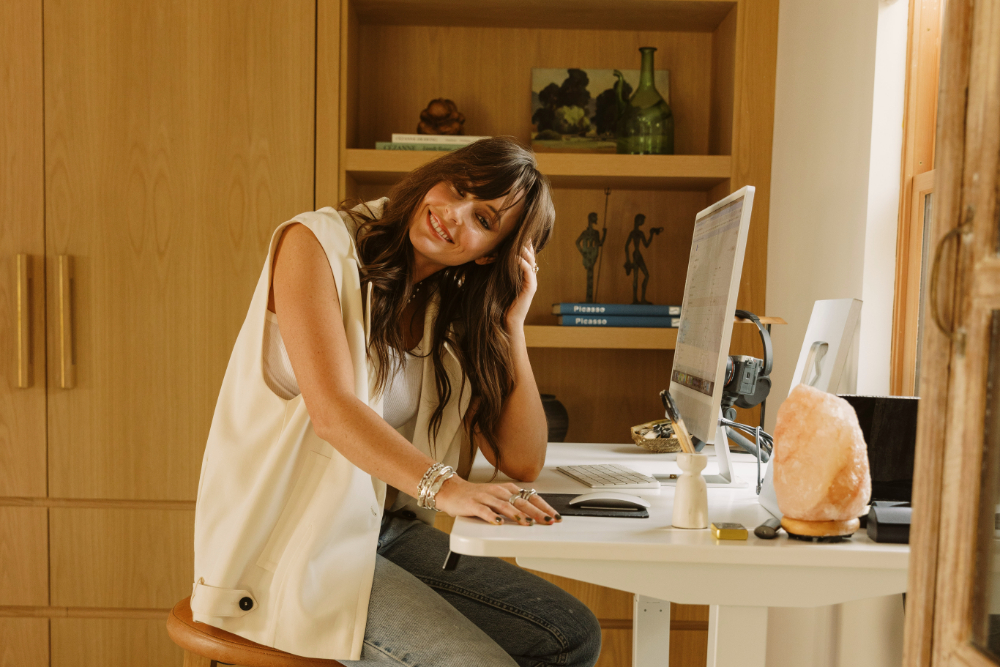
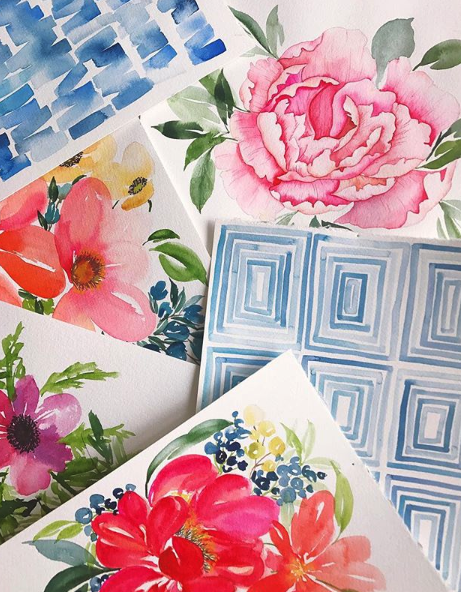


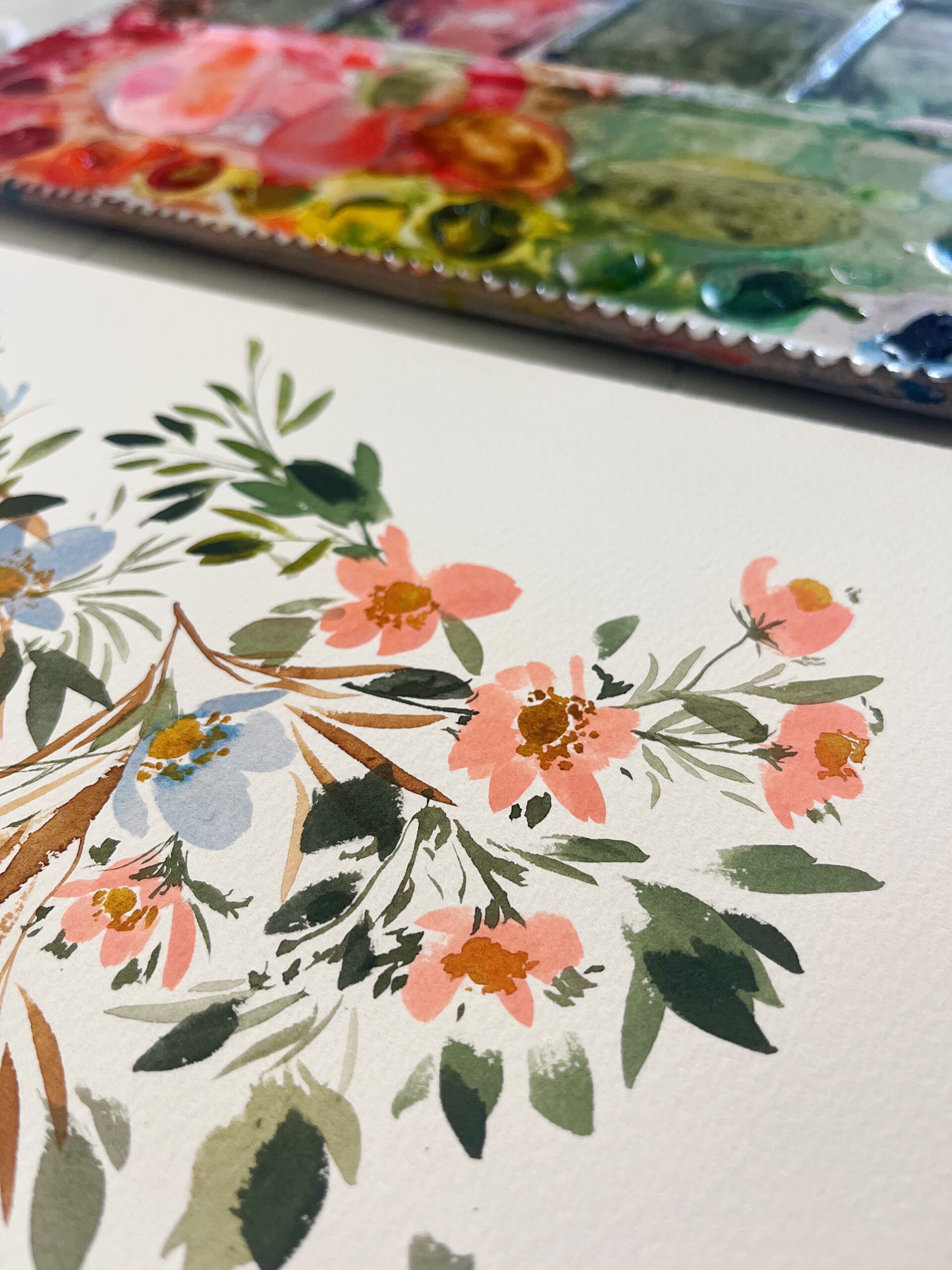
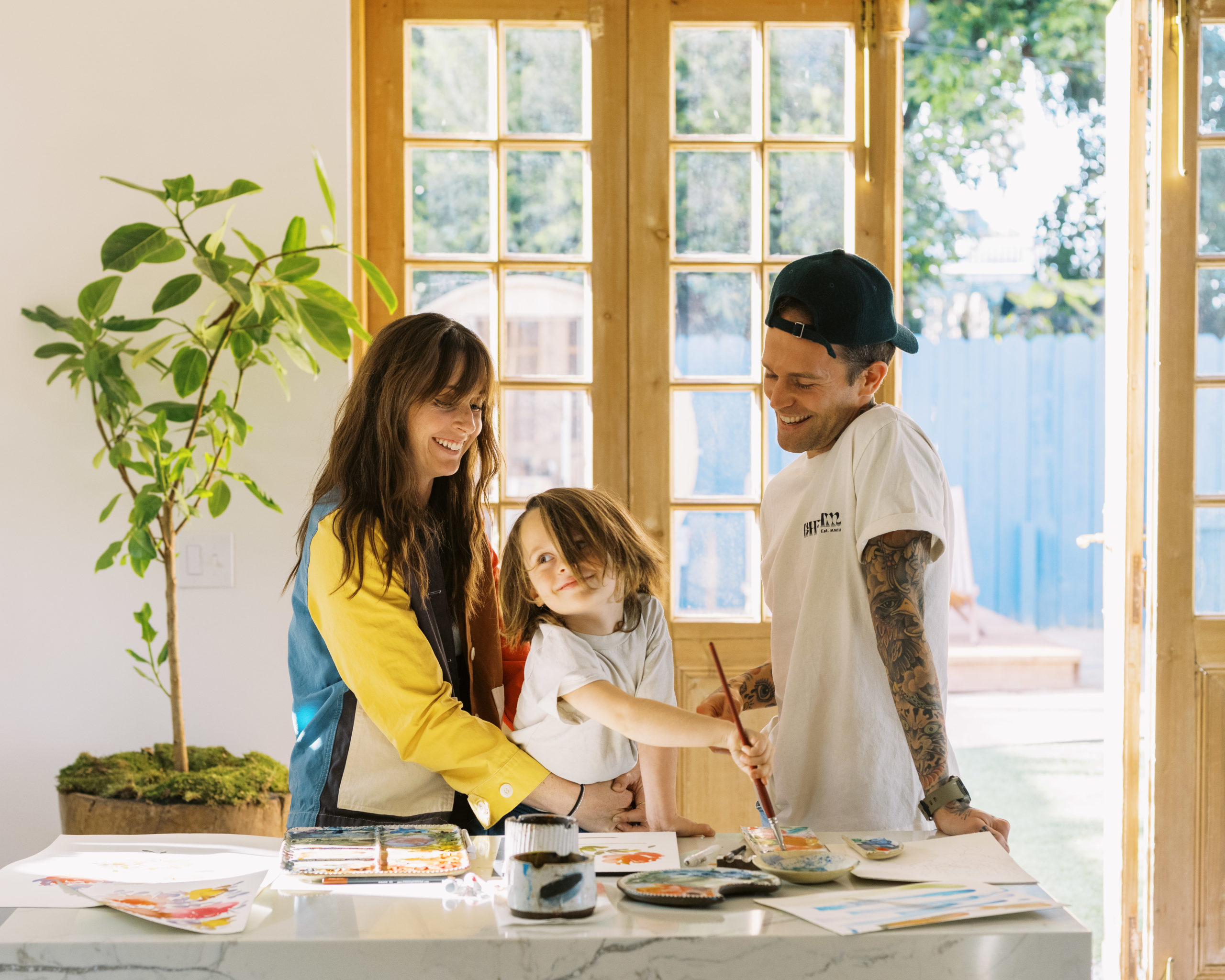



+ show Comments
- Hide Comments
add a comment